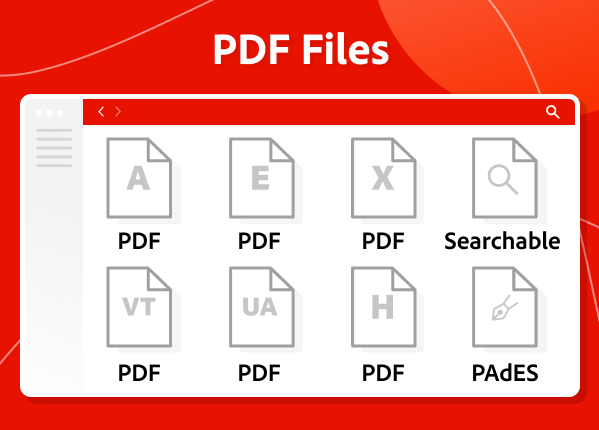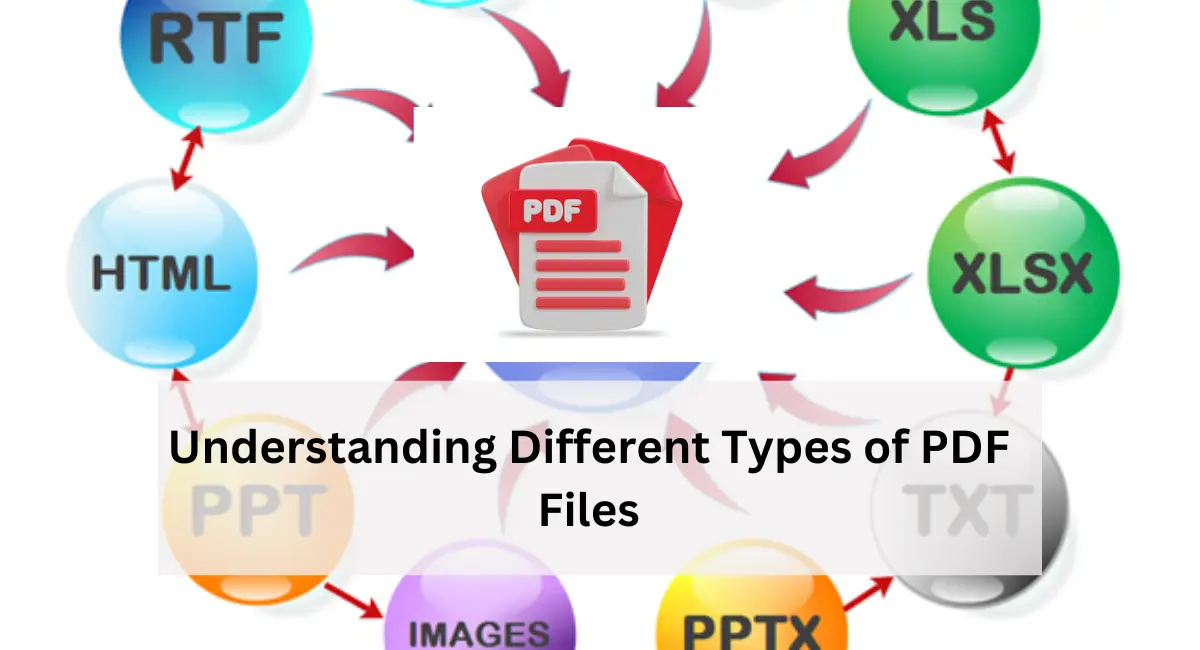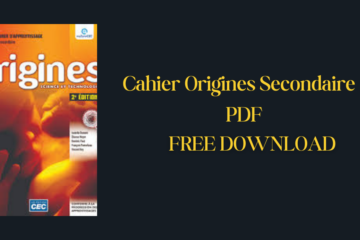Portable Document Format (PDF) files serve as a cornerstone for sharing, preserving, and presenting documents across various platforms. While many users are familiar with the standard PDF format, there exists a diverse array of PDF file types, each tailored to specific purposes and industries. Let’s embark on a journey to explore the types of PDF file formats and understand their unique characteristics.
Types of PDF Files
The importance of comprehending PDF file types cannot be overstated in today’s digital landscape. With the proliferation of digital documents, understanding the nuances of different PDF formats is essential for efficient document management and collaboration.

Standard PDF Formats
The standard PDF format is the bedrock of digital document sharing and viewing. Renowned for its versatility and compatibility, the traditional PDF format is widely used across various industries for online document dissemination.
PDF/A
Designed for long-term file storage, PDF/A is favored by archivists and managers seeking to preserve documents for extended periods. With a restricted set of features, including limitations on JavaScript, audio, and video content, PDF/A ensures document integrity and longevity.
Specialized PDF Formats
PDF/E
Engineered for the construction, engineering, and manufacturing sectors, PDF/E supports technical specifications commonly used in these industries. It serves as a reliable format for sharing and collaborating on engineering drawings, schematics, and blueprints.
PDF/X
Tailored for graphic designers and print professionals, PDF/X enhances graphics support for optimal printing quality. With features designed to streamline the printing process, PDF/X ensures consistency and accuracy in print production workflows.
Accessibility-Oriented PDF Formats
PDF/UA
PDF/UA prioritizes accessibility by ensuring compatibility with assistive technologies, such as screen readers and Braille displays. By enhancing readability and navigation for individuals with disabilities, PDF/UA promotes inclusivity in document accessibility.
PAdES
As a standard for PDF Advanced Electronic Signatures, PAdES plays a crucial role in establishing secure digital signatures in compliance with major legislation. It provides a framework for authenticating electronic signatures, bolstering document security and integrity.
Industry-Specific PDF Formats
PDF Healthcare
Developed to meet the unique needs of healthcare professionals, PDF Healthcare sets standards for handling and managing healthcare information securely. It ensures compliance with healthcare regulations while safeguarding patient confidentiality.
PDF/VT
Catering to the needs of print professionals, PDF/VT offers customization features tailored for print production workflows. With enhanced capabilities for variable data printing, PDF/VT streamlines the creation of personalized print materials.
Miscellaneous PDF Formats
Searchable PDF
Integrating a search function into standard PDF files, searchable PDFs enable text-based search within image-based documents. This functionality enhances document usability and accessibility, allowing users to quickly locate relevant information.
Conclusion
In conclusion, the diverse landscape of PDF file formats offers a myriad of options tailored to specific needs and industries. By understanding the unique characteristics and applications of each PDF format, users can leverage the full potential of PDFs for efficient document management, collaboration, and accessibility in the digital age.
Also visit : What is the difference between a PDF and a Word document
Guide to Popular PDF Magazine Download Sites
how to fill out a pdf form
how to add signature to pdf

Niketa Mulay, a seasoned content writer and editor, has over a decade of experience. With a Master’s in Journalism, she honed her skills at The Times of India and now freelances across various industries. Passionate about reading, writing, and scuba diving, she shares expert PDF guides and tips at PDFdrivehub.com.




